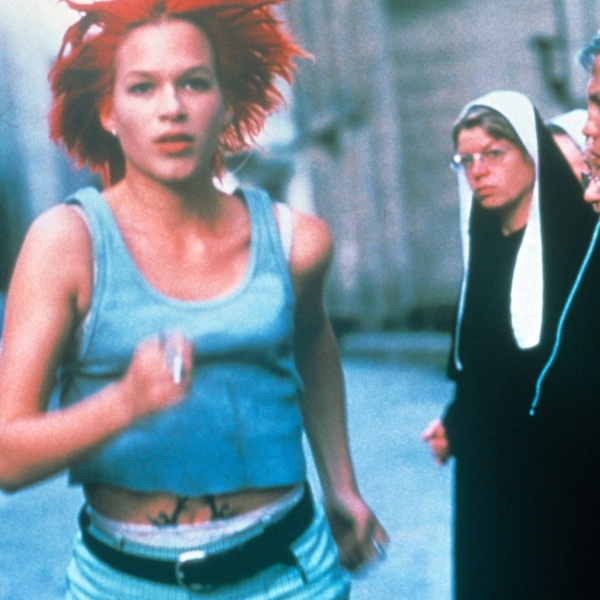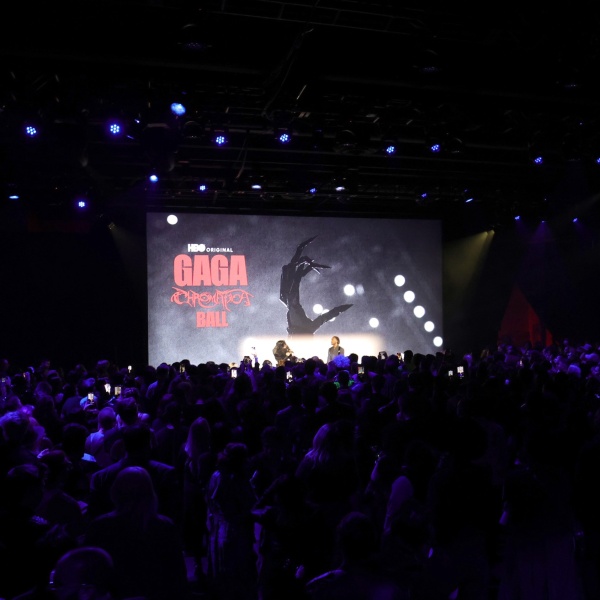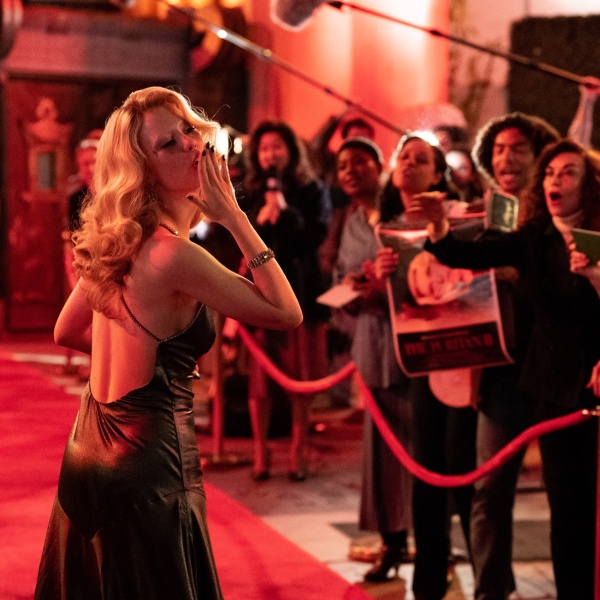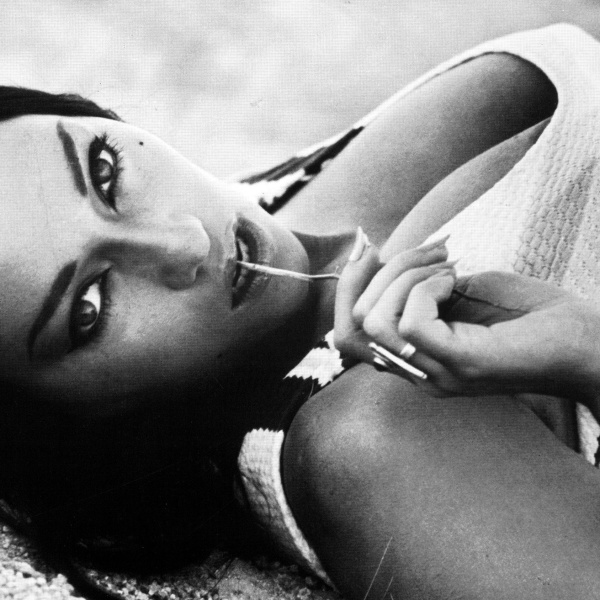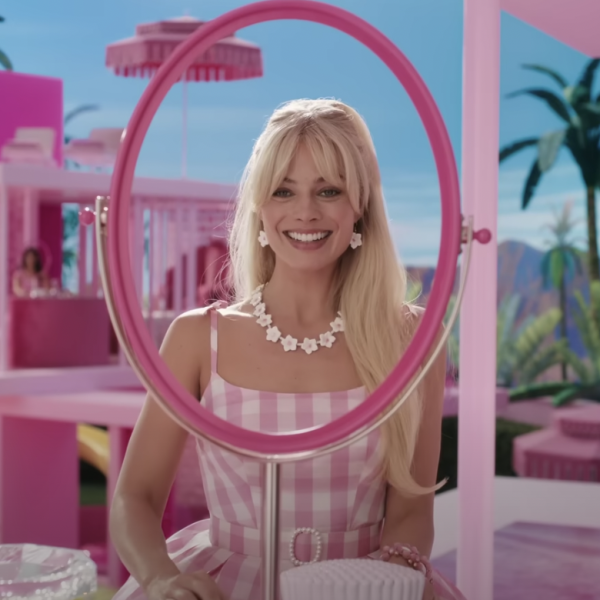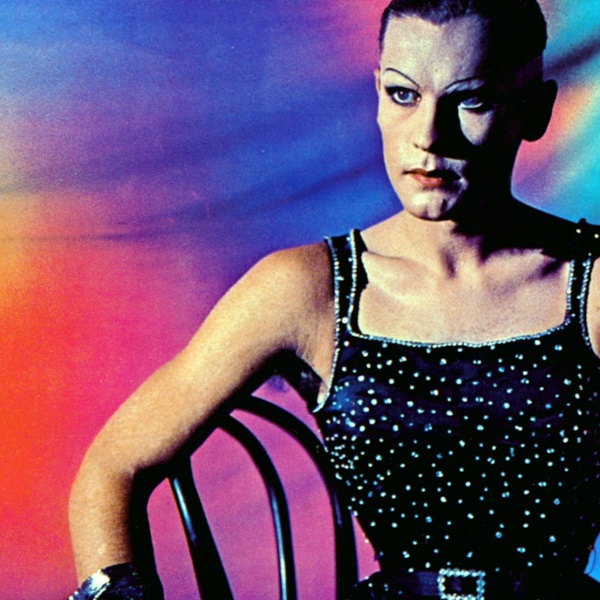Though “Daddio” is an intimate chamber piece between Sean Penn as a taxi driver, and Dakota Johnson as a passenger trying to get from John F. Kennedy airport to Hell’s Kitchen, it focuses on a near universal issue, especially coming out of the COVID-19 pandemic. “We don’t talk to each other anymore, and we’re terrified of talking to people that are different from us,” said director Christy Hall to IndieWire.
This love letter to New York, and the power of human connection, was the screenwriter and playwright’s spec script that got her the job running acclaimed Netflix YA series “I Am Not Okay With This,” a job that paired her with executive Ro Donnelly. “‘Daddio’ was forever in my mind, so when I left Netflix I was like, ‘God, that role is so perfect for Dakota.’ We made it happen,” said the producer who runs TeaTime Pictures with the star.
It was Johnson who pitched her friend Penn to play Clark, a multifaceted character that allows viewers to see “a really, really fun variation of all those versions that we love about him so much. That bad boy, hardened exterior, but deep inside is this real tender soul,” said Hall. “I honestly can’t think of anyone else in the world that could have commanded all of those contradictions because our cabbie needed to be foul mouthed and offensive, but also really intellectual and sweet. There were a lot of contradictions that he was able to allow all of them to coexist all at the same time.”
Meanwhile Johnson’s character Girlie, who finds ways to spin Clark’s crassness into meaningful conversations, is close to a surrogate for the women producers. “We know that type of woman,” said Donnelly. “There’s a lot of conversation about, ‘Oh, if this wasn’t a movie she’d get out of the car.’ But she wouldn’t.” “She wouldn’t,” said the pair back and forth in agreement. “We are that woman,” said Donnelly. “We know our girl,” said Hall.
“Because she is our generation of women who are still approaching these men in a nonjudgmental way because it’s fascinating. We’re not threatened by it,” said Donnelly. “And that reveals her power, the fact that she holds her own. She really is reflective of all the women who made this movie, she’s our girl. And we like that she’s so curious and almost tickled by [him], especially when he’s saying crazy shit. She’s like, ‘Oh, really?’ She goes head to head with him,” said Hall. “And that’s what we love about her is she’s not afraid. She’s not afraid to really fucking go for it.”

While “Daddio” almost fully takes place in one location, the New York City taxi cab, the film had a challenging production to match the provocative conversation carrying on throughout its runtime. “So much difficulty in the simplicity. 16 days mostly on stage,” said Donnelly. “I believe it takes thousands of tiny miracles to get to day one of any movie. This was no exception, but it was one of the greatest sets I’ve ever been on from top to bottom.”
First-time director Hall worked with A-list behind the scenes talent like producer Emma Tillinger Koskoff (“The Irishman”), production designer Kristi Zea (“Revolutionary Road”) and director of photography Phedon Papamichael (“Indiana Jones and the Dial of Destiny”) to transfer what was once a fully thought out setup for a stage play into a film production. “To mount this on a theater stage, it would actually be very producible and very cost effective,” said Hall. “The moment you turn it into a movie, the simple premise suddenly becomes extremely complex.”
“We couldn’t just shoot them making the drive, and then edit it later and hope that continuity would sort of work out. It’s a very distinctive drive, and New Yorkers definitely know what that drive looks like,” said the filmmaker. “And then also to protect the performances, to really give our talent the space to really sink their teeth into the material, we decided collectively, we need to do this on a stage. But instead of doing blue and greenscreen, we did these LED panels.”
An immersive experience was created by the cab set being surrounded by the panels, with the two actors being able to go into it, and the filmmakers could all see on the monitor what the scene would look like. “It was not easy, but it did set us up for success where we could utilize our days as much as humanly possible because actually everything interior in the cab was on the sound stage,” said Hall. “We shot mostly chronologically too, which I think was really important for the actors. It’s real time, so they were just able to stay in, and it goes on a real rollercoaster,” said Donnelly.

Though the piece was born of Hall’s theater background, the director cites “Rear Window,” “12 Angry Men,” “My Dinner with Andre,” and “Shiva Baby” as successful films that encouraged their approach to “Daddio.” “It does exist in Hollywood, character-driven chamber pieces, and we just decided unapologetically that we were going to boldly be one of them,” said Hall. Plus, “Who doesn’t want to watch Sean Penn and Dakota Johnson up close and personal for 94 minutes?”
As “Daddio” enters the TIFF sales market, the director also highlighted the way in which her film can effect change. “Obviously there’s a lot of bigger conversations about sex and power dynamics and gender and all these things,” said Hall. “But at the heart of it is if we could just talk to each other, I think it would be revealed that we’re more alike than we are different, and that’s a salve that the world needs right now.”


